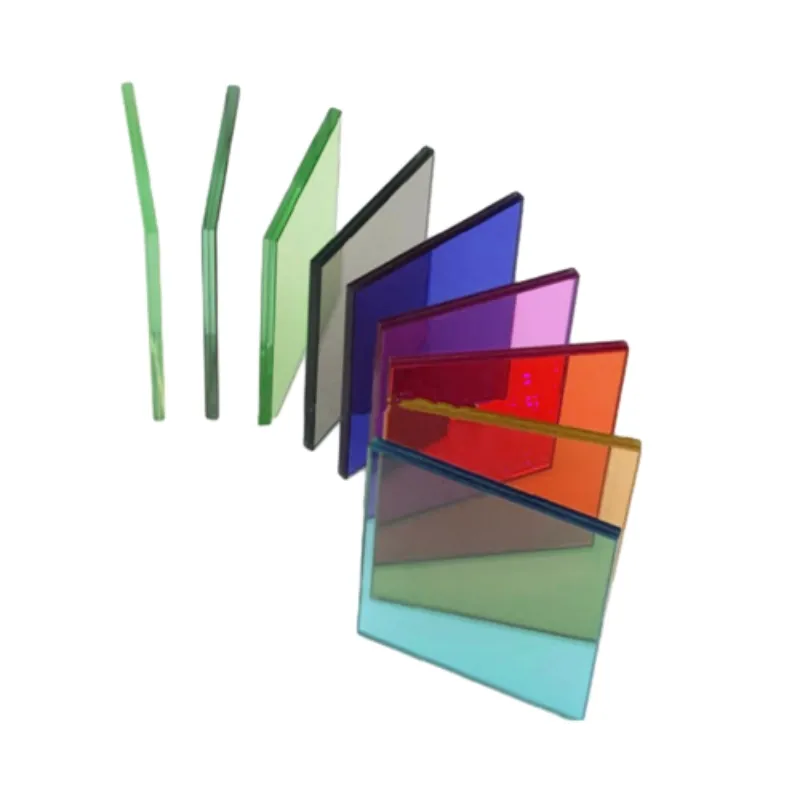Dec . 05, 2024 08:46 Back to list
Energy Efficient Low E Insulated Glass Panels for Modern Building Designs
Understanding Low-E Insulated Glass Panels Benefits and Applications
In the realm of modern architecture and energy efficiency, low-emissivity (low-E) insulated glass panels have emerged as a groundbreaking advancement. These panels are designed to enhance thermal performance and contribute to energy savings in both residential and commercial buildings. This article explores what low-E insulated glass panels are, how they work, their benefits, and their various applications.
What are Low-E Insulated Glass Panels?
Low-E insulated glass panels consist of two or more layers of glass separated by a spacer and sealed to create a single unit. The “low-E” glass refers to a microscopically thin coating that reflects heat while allowing light to pass through. This coating is typically applied to the inner surface of the exterior pane, which plays a critical role in improving energy efficiency. The insulating properties of these panels eliminate thermal bridging, which can otherwise lead to energy loss.
How Do Low-E Insulated Glass Panels Work?
The technology behind low-E glass lies in its ability to reflect infrared energy, which is responsible for transferring heat. During cold months, low-E glass reflects indoor heat back into the space, helping to maintain warmth. Conversely, in warmer months, it reflects outdoor heat away from the interior, keeping spaces cooler. Such dual functionality serves to create a stable and comfortable indoor environment while reducing dependency on heating and cooling systems.
Benefits of Low-E Insulated Glass Panels
1. Energy Efficiency Low-E insulated glass significantly reduces energy costs associated with heating and cooling. Studies suggest that homes equipped with low-E windows can reduce their energy bills by up to 30% to 50%, depending on the climate and other factors.
2. UV Protection The low-E coating also blocks a significant percentage of ultraviolet (UV) radiation, protecting furnishings, carpeting, and artwork from fading. This added benefit helps to maintain the aesthetic appeal of indoor spaces over time.
3. Condensation Reduction By keeping the interior surface warmer, low-E insulated glass reduces the likelihood of condensation forming on windows. This is particularly advantageous in damp climates, where excessive moisture can lead to mold growth and other issues.
low e insulated glass panels

4. Comfort Enhancement Homeowners and building occupants will appreciate the consistent indoor temperature that low-E insulated glass provides. It minimizes cold drafts during winter and reduces heat gain in summer, enhancing overall comfort.
5. Environmental Impact By decreasing energy consumption, low-E insulated glass contributes to lower greenhouse gas emissions. Utilizing energy-efficient materials aligns with sustainability goals, making it a preferred choice for environmentally conscious builders and homeowners.
Applications of Low-E Insulated Glass Panels
Low-E insulated glass panels are versatile and can be used in various applications
- Residential Homes From new constructions to retrofitting existing homes, low-E insulated glass enhances energy efficiency and comfort. - Commercial Buildings Office buildings, retail spaces, and schools benefit from the reduced energy costs and improved occupant comfort that low-E glass provides.
- Skylights and Curtain Walls These panels are ideal for skylights and curtain wall systems, where natural light is desired without the heat loss or gain that traditional glazing can cause.
- Green Building Projects Many green building certifications, such as LEED (Leadership in Energy and Environmental Design), recognize and reward the use of energy-efficient materials like low-E insulated glass.
Conclusion
In an era increasingly focused on energy efficiency and sustainability, low-E insulated glass panels stand out as a significant innovation that aligns with modern architectural needs. By minimizing energy consumption, providing UV protection, reducing condensation, and enhancing comfort, these panels offer a myriad of benefits for various applications. Homeowners, architects, and builders should consider incorporating low-E insulated glass solutions into their designs, not only for the immediate advantages but also for the long-term gains in energy savings and environmental impact. As technology advances, the role of low-E insulated glass panels will likely expand, further revolutionizing the way buildings achieve energy efficiency and occupant comfort.
-
Safety and Style with Premium Laminated Glass Solutions
NewsJun.24,2025
-
Reinvents Security with Premium Wired Glass
NewsJun.24,2025
-
Premium Float Glass Line for Modern Architecture
NewsJun.24,2025
-
Low Emissivity Glass for Energy-Efficient Architecture
NewsJun.24,2025
-
High-Performance Insulated Glass Solutions for Modern Architecture
NewsJun.24,2025
-
Elevates Interior Style with Premium Silver Mirror
NewsJun.24,2025
Related PRODUCTS














